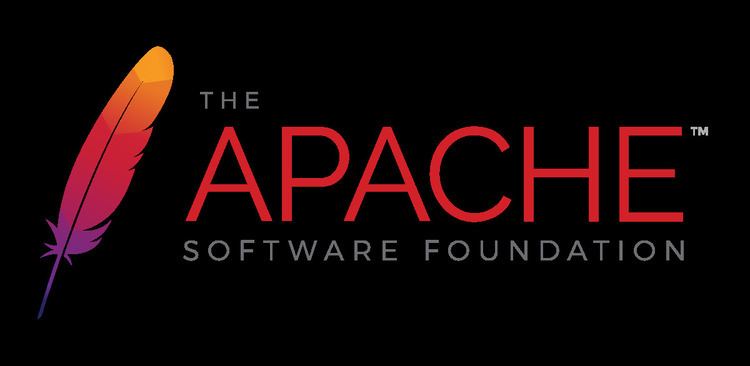Development status Retired Operating system | ||
 | ||
Developer(s) Apache Software Foundation Stable release 1.0.2 / December 4, 2006 (2006-12-04) Type | ||
Apache Beehive is a discontinued Java Application Framework that was designed to simplify the development of Java EE-based applications. It makes use of various open-source projects at Apache such as XMLBeans. It leverages innovations in Java 5 which include JSR-175, which is a facility for annotating fields, methods and classes so that they can be treated in special ways by runtime tools. It builds on the framework developed for BEA Systems Weblogic Workshop for its 8.1 series. BEA later decided to donate the code to Apache.
Contents
History
Version 8.1 of BEA's Weblogic Workshop includes a number of significant enhancements to version 7.0. The previous version was more focused on creating industrial-strength web services quickly. However, 7.0 did not have many customers, and it failed to create a stir in the market. However, for version 8.1, BEA created a whole new IDE which helped programmers to develop Java EE-based applications more quickly. This was significantly better than 7.0 with more advanced features and also won several awards and gained a lot of critical acclaim. However, a new revolution was brewing in the Java universe in the form of Eclipse and it seemed like everyone was moving towards it. Although Workshop 8.1 did not succeed as much as it intended to, the Weblogic Workshop Framework which was developed for 8.1 version Workshop was recognized as a good solid framework. In order that it can be used with other Java EE-based application servers, BEA decided to open-source the project under the purview of the Apache Software Foundation. Latest version of Beehive was released in December 4, 2006; its lifetime has ended in January 2010, when it has been retired and moved to Apache Attic.
Netui Page Flows
This is an application framework built on top of Apache Struts which allows easier tooling and automatic updating of the various Struts configuration files.
Controls
This is the heart of the Beehive framework. A control can be defined as a program which can be used by the developer to quickly gain access to enterprise-level resources such as Enterprise Java Beans (EJBs), web services etc. For example consider accessing an old legacy EJB 2 bean. It involved a lot of boiler-plate code like getting access to an home interface, then creating/finding an EJB using finder methods and then accessing the remote methods of the bean. Using a control simplified this because it did most of the boiler-plate or routine coding for the developer, who could then concentrate more on business logic rather than worrying about the inner-details of Java EE technology. If the developer was sufficiently advanced, even then it was useful because then the developer could concentrate on more useful things like constructing a Facade to a complex set of application APIs. In essence a control to a legacy EJB 2 bean ensured that the developer could simply use the control and call any business method of the EJB, using it in the same way as any other Java class. When EJB 3 came around, such simplification was already provided by the EJB specification itself, and Beehive controls were of little further use here. The Controls come with a standard set of controls wiz EJB Control, Webservice Control, Database Control and JMS Control. Custom controls can also be developed which in turn could make use of the controls already built-in.
Webservices
This is the third component of Beehive and it enables a developer to create webservices using meta-data/annotations quickly. In essence by using meta-data/annotations one can create complex web services utilizing features like conversation, state etc quickly and since all the meta-data/annotations are in one file, it is easier to debug and maintain. Using this approach any plain Java class can be converted into a web service just by the addition of annotations into the Java source files. This is based on JSR-181 which builds on JSR-175.
